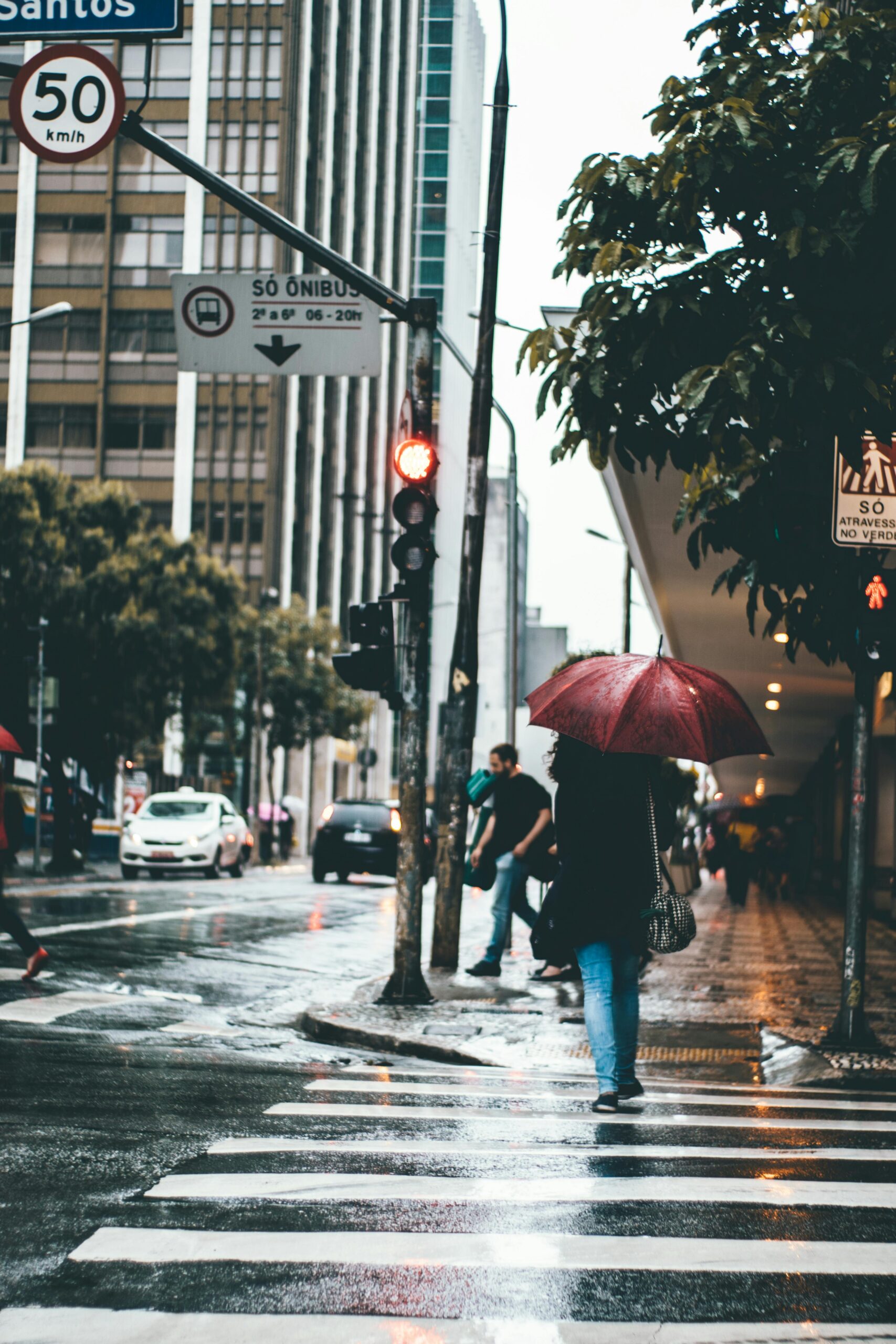Karachi, the largest city of Pakistan, is well known for its hot and humid weather throughout most of the year. Being a coastal city, summers in Karachi are usually long and dry, and rainfall is an occasional visitor rather than a regular guest. However, when the rainy season does arrive, usually between July and September during the monsoon, it brings both joy and challenges for the people of Karachi.

the first spell of rain in Karachi is always welcomed with great excitement. After months of scorching heat, the cool breeze and refreshing showers provide a sense of relief to the citizens. The sky, often covered with grey clouds, creates a beautiful atmosphere, and the scent of wet soil spreads freshness all around. Families and youngsters rush to the beaches, tea stalls, and famous food points of the city to enjoy the rainy weather. Roadsides are filled with people enjoying hot pakoras, samosas, and cups of tea, which have become a tradition in Karachi’s rainy season.
Despite the joy it brings, the rainy season in Karachi also highlights many problems in the city. Due to poor drainage systems, even moderate showers cause waterlogging in several areas. Streets and markets often become flooded, making it difficult for vehicles and pedestrians to move around. This situation not only disrupts daily life but also damages property and infrastructure. Electricity breakdowns are another common problem during the rains. Many areas experience long hours of load-shedding because of technical faults in the power supply system.
Traffic jams during rain are a nightmare for the citizens. The already busy roads of Karachi become even more congested, as vehicles move slowly through waterlogged streets. Motorcyclists, rickshaws, and cars often break down in the middle of the road, creating further difficulties. For office workers and students, reaching their destinations becomes a tiring task. Moreover, stagnant water on the streets becomes a breeding ground for mosquitoes, leading to the spread of diseases like dengue and malaria.
On the other hand, the rainy season is a blessing for the environment of Karachi. The showers wash away the dust, leaving the city’s trees and plants greener and fresher. The temperature drops, and the air becomes cleaner, providing temporary relief from pollution. For children, the rainy season is a time of fun and laughter. They love to play outside in the rain, making paper boats and splashing water with friends.
In conclusion, the rainy season in Karachi is a time of mixed feelings. It brings happiness, cool weather, and refreshing sights, but at the same time, it exposes the city’s weaknesses in infrastructure and management. If proper planning and improvements are made in drainage and electricity systems, the rainy season could truly become a time of joy for all citizens. Until then, the people of Karachi continue to enjoy the rain with patience, resilience, and a cup of hot tea.
Would you like me to also make this essay in a simpler, easy-to-read style (like for school students), or keep it as it is in a formal style?







